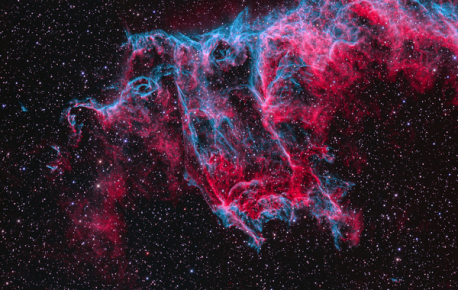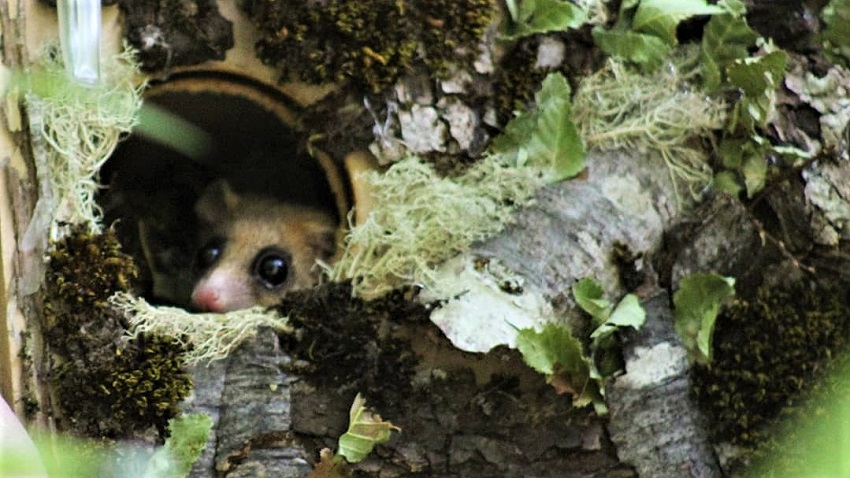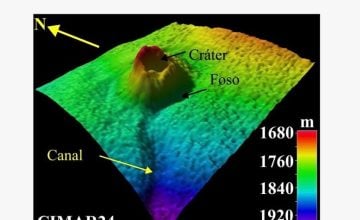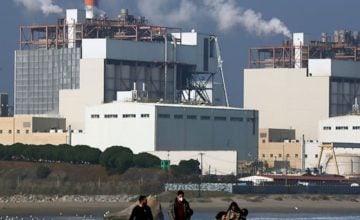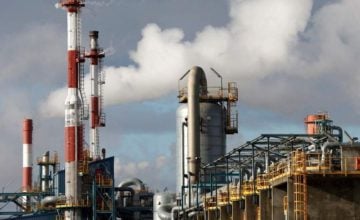La NASA ha publicado en su muro de Facebook un hipnótico vídeo de la Nebulosa del Velo. Una enorme nube de gas situada a más de 2.000 años luz de nuestro planeta.
La representación gráfica ha sido posible gracias a las imágenes del telescopio Hubble. En ellas se muestran gases como el hidrógeno en color rojo, los sulfuros en verde o el oxígeno en azul. Esta nebulosa forma parte de la Constelación del Cisne, y se formó tras la explosión de una estrella con más de 8.000 años de antigüedad.
Hubble Zooms in on Shrapnel from an Exploded StarNASA’s Hubble Space Telescope has unveiled in stunning detail a small section of the expanding remains of a massive star that exploded about 8,000 years ago.Called the Veil Nebula, the debris is one of the best-known supernova remnants, deriving its name from its delicate, draped filamentary structures. The entire nebula is 110 light-years across, covering six full moons on the sky as seen from Earth, and resides about 2,100 light-years away in the constellation Cygnus, the Swan.Credit: NASA, ESA, and F. Summers, G. Bacon, Z. Levay, and L. Frattare (Viz 3D Team, STScI)http://www.nasa.gov/feature/goddard/hubble-zooms-in-on-shrapnel-from-an-exploded-star
Posted by NASA Goddard on Jueves, 24 de septiembre de 2015
Fuente: Huffingtom
